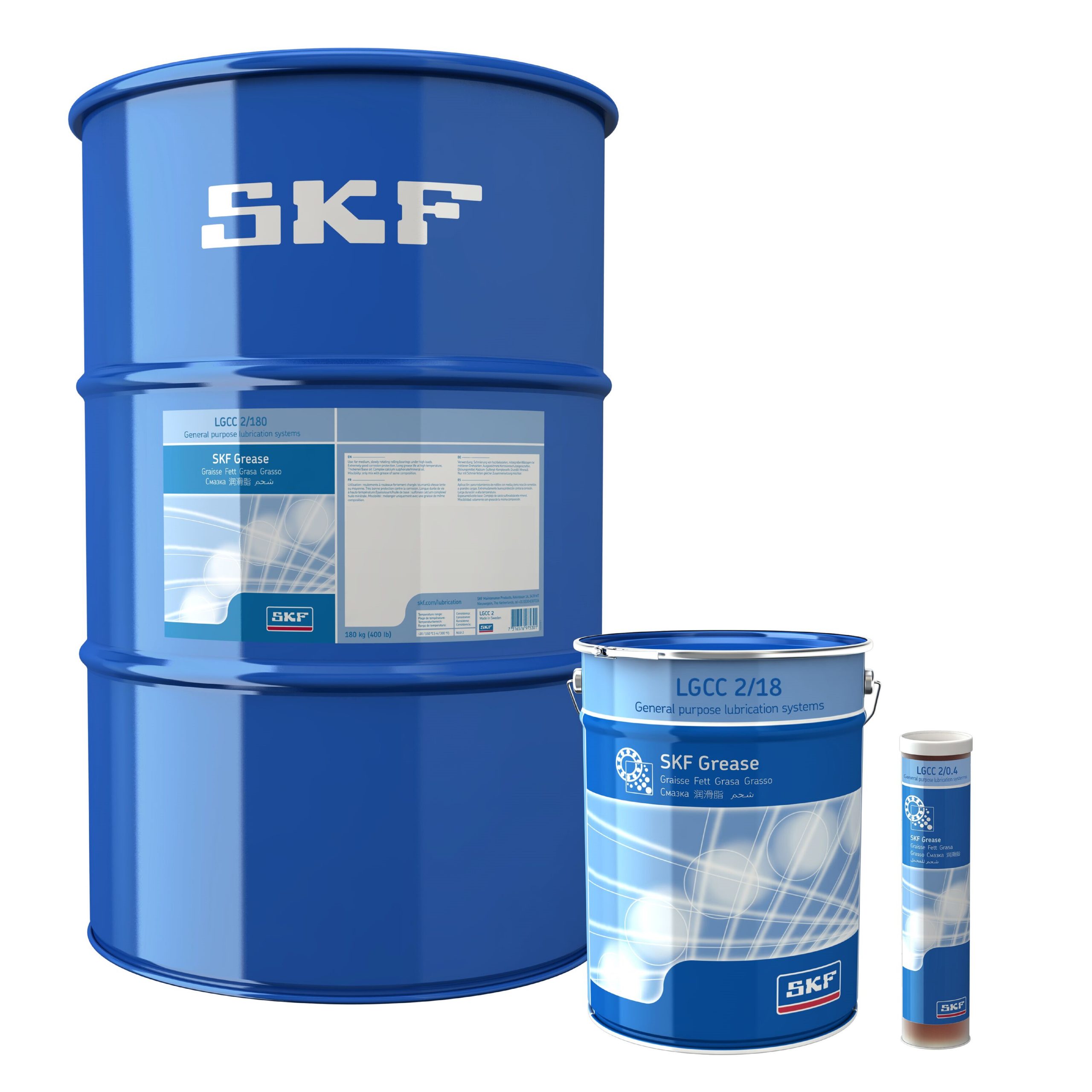
Traditionally, labeling has either been carried out by individual factories and distribution centers or many businesses outsourced the operation to labeling bureaus. Either way, not much thought was given to the process as each part of the supply chain continued to manage their own labeling with scant regard to the wider picture and potential implications of using multiple, disparate, and often manual, systems.
However, using multiple legacy systems can lead to inconsistencies, where both quality and label accuracy is affected. Additionally, productivity can be impacted as multiple label templates need to be designed, interpreted and changed as goods maneuver through the supply chain. A laborious and very time intensive activity which can necessitate using highly paid employees, especially when printer command scripting is required.
But, in today’s fast-paced and regulated world, getting a label wrong has implications for both lead times and it can make product information inaccurate. In some industries, this can have critical consequences. But even if this is not the case, getting a label wrong can undermine a brand and lead to non-compliance. So, what is the solution?
Labeling challenges today
Today, the focus for labeling should be on process simplification and ease of use. Labels are needed for all types of industries; pharmaceuticals, food, clothes and automotive industry to name just a few of them. And each industry has its own challenges, but common to all are making sure that each label is compliant and its revision history is transparent — not just within country, but across borders as well.
This leads to huge challenges with the sheer amounts of data generated, all of which needs to be clear and understood by everyone, from the company themselves to suppliers, IT, logistics and end users. And how can quality, accuracy and productivity be assured when there are so many stakeholders and so many label variations?
Digital labeling solutions
The challenges may be huge, but they can largely be overcome with the correct solution. Digital transformation is one area which can benefit all industries, but in barcode labeling, this means the quality assurance process in producing label templates can be digitalized — removing people and human error from the process.
One further step is to move your labeling system to the cloud. As public cloud capabilities become available to all businesses, using a label management SaaS solution means that all your data is stored in a central secure location. Any changes are automatically stored, making it easier to send information and label designs to all areas of the supply chain (other branches or factories, distribution centers, retail stores, or even to your suppliers, safe in the knowledge that they will be correct and current.
Logistics departments rely on labels for everything from pallet, to barcode, picking, and packing labels. Being able to track goods accurately from receiving them in the warehouse, to tracking them on their shipping journey until they are signed for by the recipient, is vital. A very complex process, but one that can be managed more easily and accurately — for maximum productivity gains — when employing a cloud-based label management system.
Labeling for the future
One thing is sure, regulations will continue to increase meaning that any business with a product to sell will need to adapt its labeling processes quickly and in a cost-efficient manner. There can be many hidden costs with legacy labeling processes but, by moving to a digital label management system, businesses can keep up with compliance requirements, reduce errors, prevent time delays and improve accuracy and traceability. Indeed, customer expectations demand that this is the case. Choosing the right label management empowers businesses to meet these demands without the need for costly IT or labour resources.
By Ken Moir, VP Marketing, NiceLabel







